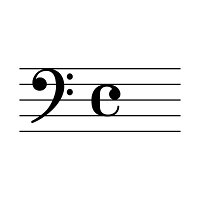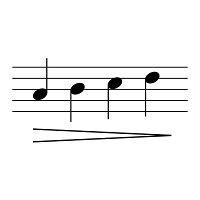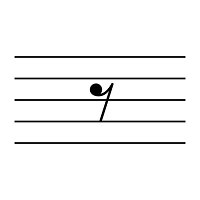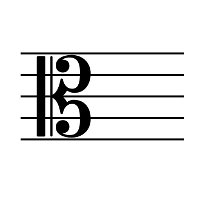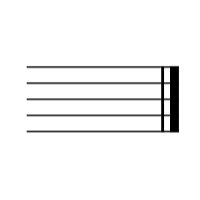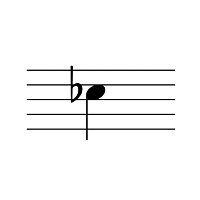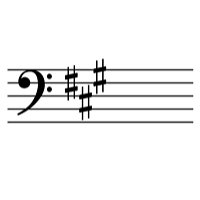
Can you Crack the Musical Code? Quiz
Music relies on many symbols to tell musicians how a piece should be played. Test your knowledge of music theory by identifying these 15 symbols. This quiz uses UK terminology but common US terms are included in brackets where relevant.
by Stoaty.
Estimated time: 3 mins.
- Home
- »
- Quizzes
- »
- Music Trivia
- »
- Other Music
- »
- Music Theory

